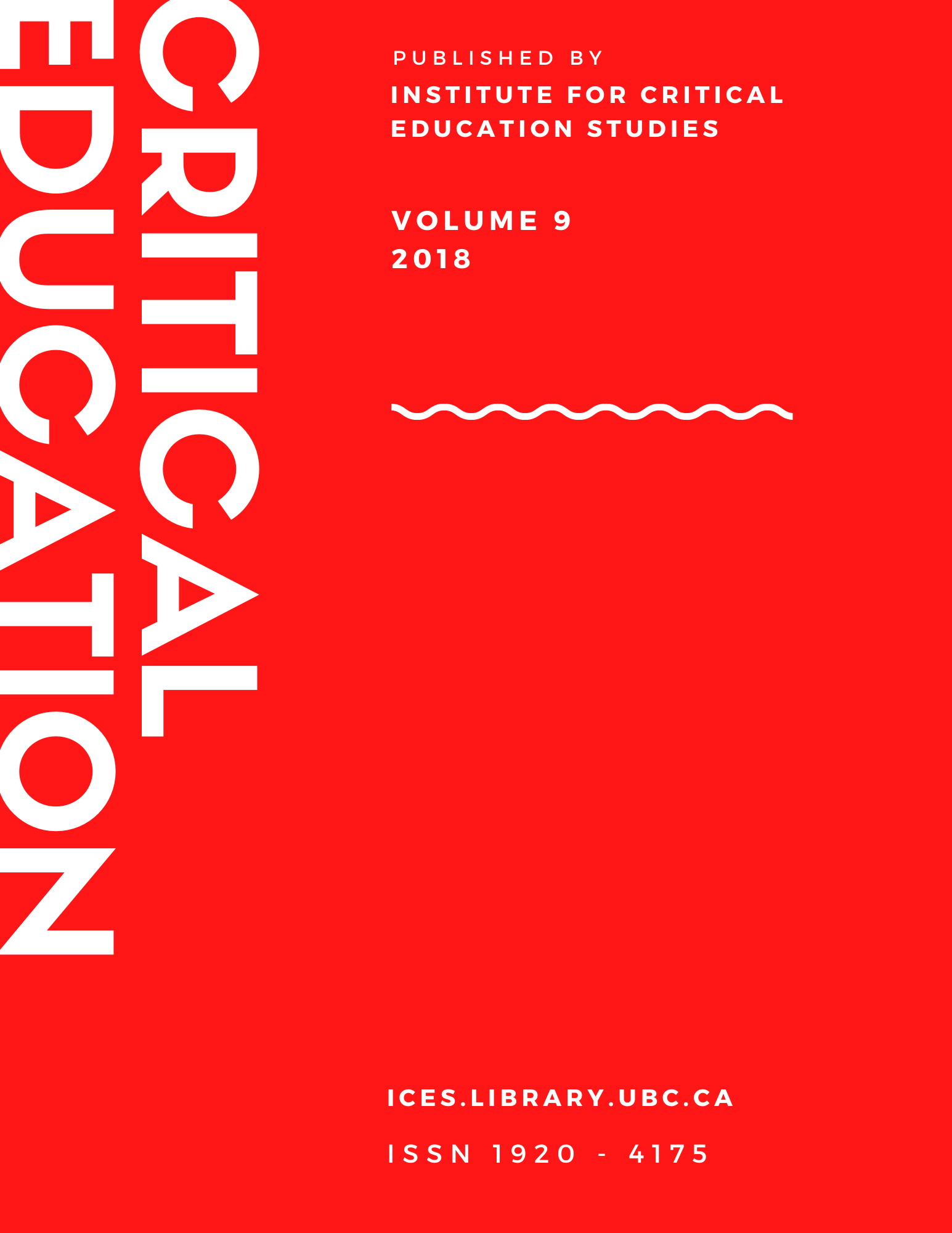Language and borders revisited: Colonizing language and deporting voice in Spanish class
DOI:
https://doi.org/10.14288/ce.v9i6.186252Keywords:
Spanish, Language education, Borders, WhitenessAbstract
Spanish language education in the U.S. historically accommodates students who identify with English monolingualism and unmarked Whiteness as a normative cultural order. This distinctive practice relies on the imagination and maintenance of borders, including those realized as international geo-political divisions and discourse within Spanish classrooms themselves (Author, 2014). The present discussion of language ideologies centers student inquiry and discomfort (Boler, 1999) in a basic-level university Spanish classroom; my students’ own narratives and coursework are featured as examples.
(In)visible borders are projected onto bodies and voices imagined to speak Spanish (Urciuoli, 1995), symbolically marking those racially, nationally, and/or ethnically different from White learners. An exercise in “critical photography” encouraged students to locate and disrupt these oppressive discourses in and outside our classroom. I share successes and failures with the ways in which our learning community—as well as other students with whom I’ve worked—reconciled “what counted” as socially-responsive language study.
Downloads
Published
Issue
Section
License
Authors who publish with Critical Education agree to the following terms:
- Authors retain copyright and grant the journal right of first publication with the work simultaneously licensed under a Creative Commons Attribution License that allows others to share the work with an acknowledgement of the work's authorship and initial publication in this journal.
- Authors are able to enter into separate, additional contractual arrangements for the non-exclusive distribution of the journal's published version of the work (e.g., post it to an institutional repository or publish it in a book), with an acknowledgement of its initial publication in this journal.
- Authors are permitted and encouraged to post their work online (e.g., in institutional repositories or on their website) prior to and during the submission process, as it can lead to productive exchanges, as well as earlier and greater citation of published work (See The Effect of Open Access).


